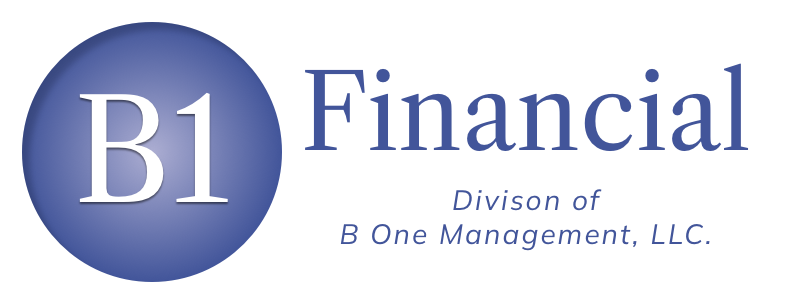Exploring employee health benefits can feel overwhelming, especially when sifting through the myriad of cost-effective options available. Understanding the key distinctions between self-funded and level-funded health plans can guide employers in making well-informed decisions. Achieving the right balance between flexibility, risk tolerance, and cost predictability is crucial when selecting the most suitable benefits model for your organization.
Self-Funded Plans
Self-funded plans place the responsibility of covering employee health claims directly on the employer. This approach grants full control over plan design and the selection of vendors, allowing for a highly customized health benefits package.
One of the main challenges of self-funding is the unpredictability of costs. High-cost claims can arise, and it is essential for employers to have stop-loss insurance to mitigate financial risk. Additionally, self-funded plans fall under the jurisdiction of federal law, specifically the Employee Retirement Income Security Act (ERISA), instead of state insurance regulations.
Level-Funded Plans
Level-funded plans offer a more predictable option, featuring a fixed monthly payment structure. This includes bundled claims estimates, administrative fees, and stop-loss coverage. Such plans are structured to protect employers against financial overages with a specified claims cap. If claims remain under the budgeted amount, employers may receive refunds or credits, which adds an element of savings potential.
Key Differences
When comparing risk tolerance, self-funded plans place full financial responsibility on the employer, while level-funded plans provide a defined cap on that risk. The simplicity in budgeting offered by level-funded plans comes from consistent monthly payments, which enhance cost predictability.
In terms of savings potential, self-funded plans may offer greater long-term savings if claims remain low. Conversely, level-funded plans assure partial refunds, providing some savings even with stable or lower claim levels. While self-funded plans allow maximum customization, level-funded plans offer a balance of customization with the support of third-party management.
Recommendations vary based on company size and financial stability. Larger or more financially secure companies might benefit from the cost-saving potential of self-funding. Meanwhile, small to midsize businesses often value the predictability offered by level-funding, making it a preferred choice.
Ultimately, assessing your company's financial stability, risk appetite, and desired level of plan control is paramount in choosing between self-funded and level-funded models. Both options offer substantial advantages when compared to traditional insurance, with each catering to distinct business needs. For personalized guidance, consider consulting an expert to determine the best-fit option for your organization's employee health coverage.

